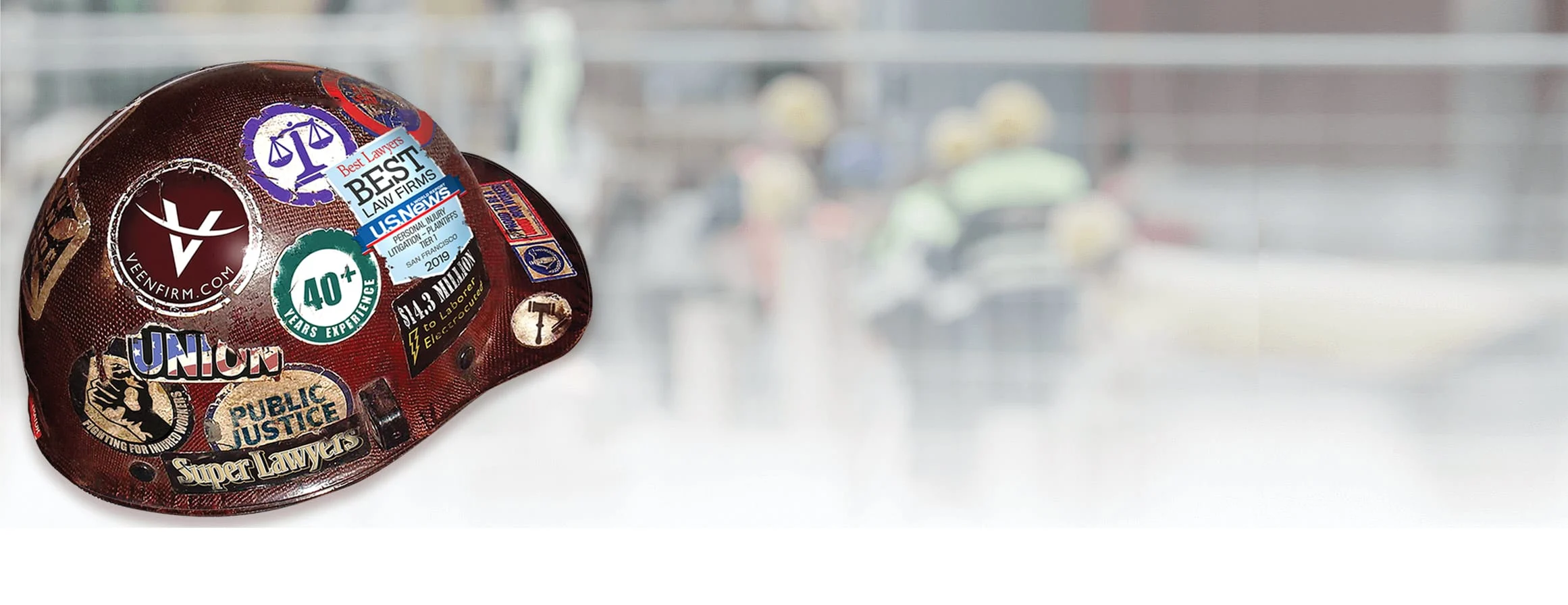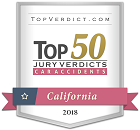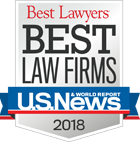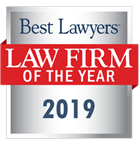Dec 05, 2007
…After the Product-Line Successor Declares Bankruptcy.

FACTS In January 2000, an automatic gate closed on a four-year-old boy’s neck. The boy sustained severe brain damage. The accident occurred at a public storage facility, where the boy’s grandmother had been inquiring about renting space. LEGAL THEORIES The boy and grandmother sued the storage facility under the theory of premises liability. They also sued the gate manufacturer for products liability. But the gate manufacturer had no assets and was virtually defunct since another corporation had taken over the company. Thus, the plaintiffs sued the successor corporation under Ray v. Alad Corp. (1977) 1 9 Cal.3d 22, 28. CASE RESULT Just before trial, the plaintiffs settled with the storage facility and the successor corporation for $1,125,000. The firm then helped establish a special-needs trust for the boy. On the eve of trial, the manufacturer’s attorney moved to withdraw because he wasn’t being paid. The court denied the motion, and the manufacturer’s attorney failed to appear for trial. A trial proceeded against the manufacturer to a $20.5 million judgment. The plaintiffs executed the judgment against the manufacturer. The manufacturer went into bankruptcy, but agreed to assign its legal-malpractice claim against the insurance-defense attorney to the plaintiffs. In 2005, the legal-malpractice action settled for $800,000. This year, the bankruptcy was resolved with a $300,000 payout to the boy. These funds have been deposited in the boys special-needs trust. In the end, more than $2 million was collected for the child. Using funds from the special-needs trust, this inner city child and his mother have since moved to a new home in a good school district. This case was tried prosecuted by Kevin Lancaster, of the Lancaster Peters Trial Team. MORE INFO ON THIS CASE>>

















